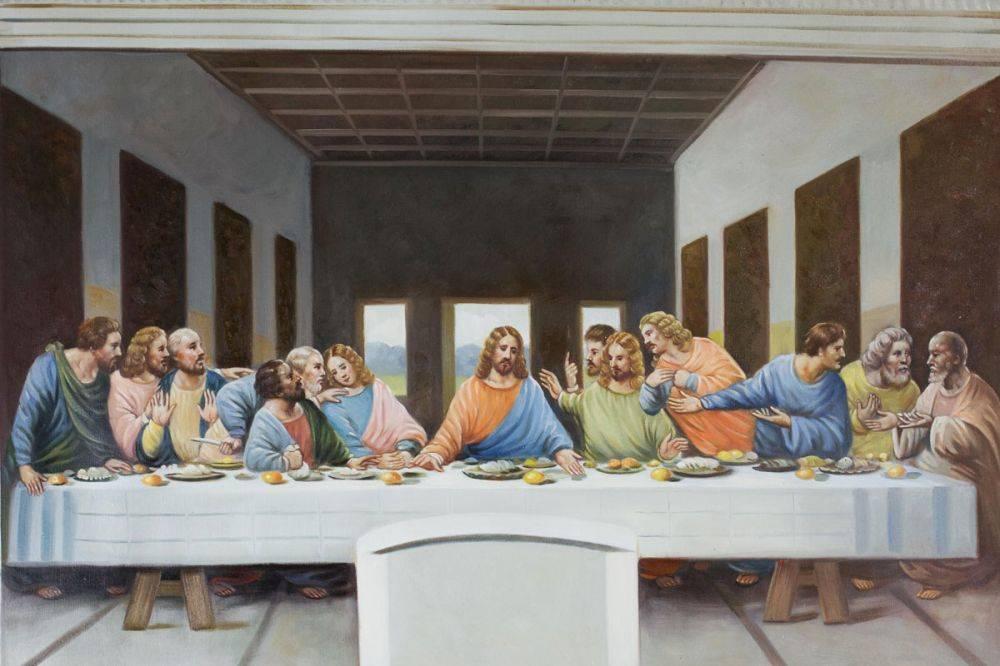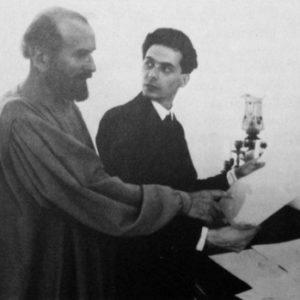Facebook stories
Top ‘Liked’ art posts from facebook October 18 2011
The following is a list of the top posts of the week that we’ve shared with our Facebook friends on the overstockArt.com facebook page. We try and make our Facebook posts informative and engaging as we love to hear what our fellow art lovin’ friends have to say about particular artists and their art. So if you have a moment, check out the overstockArt.com facebook page and share your passion for art and wall decor with us!
- “When Matisse dies, Chagall will be the only painter left who understands what color really is” – Pablo Picasso.
Marc Chagall (1887 – 1985) survived one of the greatest centuries of change in history. Born in a Shtetl in Belarus, Chagall experienced the brutal reality of two world wars as well as the oppression of the Jewish people in Russia. Despite these difficult life experiences, including being rescued from the Nazis in France by a group of Americans who plagiarized passports to help artists and intellectuals escape the country, Chagall believed in the power of love and beauty and strove to portray those concepts in his art throughout his lifetime.One area of focus for Chagall was music, for which he painted murals in two of the most famous opera houses in the world – the Metropolitan Opera in New York and the Palais Garnier Opera House in Paris. Chagall’s colorful, whimsical style leaned itself a perfect match to the theatrical arts, and in addition to these murals, he also created costumes and sets for important musical premiers, including Stravinsky’s “Firebird.”  Why are there two almost identical versions of da Vinci’s Virgin of the Rocks? The original contract commissioning da Vinci and a few other painters is still in existence today. However where, when, and why there came to be a second similar version of the painting remains a mystery. The two versions of this painting reside in the Louvre in Paris and the National Gallery in London.While it’s still up for debate as to which one is more legitimately credited to the hand of Leonardo da Vinci, experts are still looking for proof one way or the other. Of the many theories that abound, a popular one is that the London version is thought to have been painted a bit later (the late 1400s vs. early 1500) and largely by one of his assistants. Undoubtedly, da Vinci did either wholly paint or direct the vision for both of these masterpieces.
Why are there two almost identical versions of da Vinci’s Virgin of the Rocks? The original contract commissioning da Vinci and a few other painters is still in existence today. However where, when, and why there came to be a second similar version of the painting remains a mystery. The two versions of this painting reside in the Louvre in Paris and the National Gallery in London.While it’s still up for debate as to which one is more legitimately credited to the hand of Leonardo da Vinci, experts are still looking for proof one way or the other. Of the many theories that abound, a popular one is that the London version is thought to have been painted a bit later (the late 1400s vs. early 1500) and largely by one of his assistants. Undoubtedly, da Vinci did either wholly paint or direct the vision for both of these masterpieces. A passionate man and artist, Pablo Picasso (1881 – 1973) often sensually immortalized the women he loved in his work, and during their almost decade-long relationship (1927-1936) Marie-Thérèse Walter was the model for many of Picasso’s works. The vibrant colors and fluid lines of “Rest” (“Le repos”) combine to convey the artist’s energy and abandon as well as the subject’s sensuousness and vulnerability.Marie-Thérèse was just 17 when Picasso took her as his muse and secret mistress, and his depictions of her portray a woman who is blond, sunny, and bright. The relationship ended shortly after Marie-Thérèse gave birth to Picasso’s daughter, Maya; in 1936 Picasso began an affair with photographer and painter Dora Maar, a dark-haired muse Picasso often portrayed as a woman in tears. In all, seven females are considered co-collaborators in Picasso’s long and prolific career: in tens of thousands of paintings, drawings, prints, and sculptures, Picasso explored his passion for these women, capturing not just how they looked, but his feelings towards them.
A passionate man and artist, Pablo Picasso (1881 – 1973) often sensually immortalized the women he loved in his work, and during their almost decade-long relationship (1927-1936) Marie-Thérèse Walter was the model for many of Picasso’s works. The vibrant colors and fluid lines of “Rest” (“Le repos”) combine to convey the artist’s energy and abandon as well as the subject’s sensuousness and vulnerability.Marie-Thérèse was just 17 when Picasso took her as his muse and secret mistress, and his depictions of her portray a woman who is blond, sunny, and bright. The relationship ended shortly after Marie-Thérèse gave birth to Picasso’s daughter, Maya; in 1936 Picasso began an affair with photographer and painter Dora Maar, a dark-haired muse Picasso often portrayed as a woman in tears. In all, seven females are considered co-collaborators in Picasso’s long and prolific career: in tens of thousands of paintings, drawings, prints, and sculptures, Picasso explored his passion for these women, capturing not just how they looked, but his feelings towards them. It would seem ironic that Edgar Degas (1834-1917), one of the founding fathers of Impressionism, rejected the idea of this art movement and the notion that he was partly responsible for it. Degas preferred to be referred to as a realist.As a child, his drawing skills were at an expert level. He honed his painting skills later by studying the great masters and producing portraits and large historical scenes. By 1868, Degas joined the ranks of artists like Manet, Renoir, Monet, and Sisley as part of a group of avant-garde artists called “Société Anonyme des Artistes” (later, they would be called the Impressionists). The mission of their exhibitions was to revolt against the dominant salon system in France. They removed any semblance of hierarchy by hanging their pieces alongside one another on the same horizon line, and by using plain frames – as opposed to the ornate gilt frames often used in salon displays.
It would seem ironic that Edgar Degas (1834-1917), one of the founding fathers of Impressionism, rejected the idea of this art movement and the notion that he was partly responsible for it. Degas preferred to be referred to as a realist.As a child, his drawing skills were at an expert level. He honed his painting skills later by studying the great masters and producing portraits and large historical scenes. By 1868, Degas joined the ranks of artists like Manet, Renoir, Monet, and Sisley as part of a group of avant-garde artists called “Société Anonyme des Artistes” (later, they would be called the Impressionists). The mission of their exhibitions was to revolt against the dominant salon system in France. They removed any semblance of hierarchy by hanging their pieces alongside one another on the same horizon line, and by using plain frames – as opposed to the ornate gilt frames often used in salon displays.
For the Impressionists’ final organized group exhibition in 1886, Degas produced a series of controversial nudes, which received very mixed reviews. This only served to further tarnish his reputation, as he had already been accused in some circles of being anti-Semitic. Regardless, nobody could deny his stellar talent of draftsmanship which remained pervasive in all of his works. He continued to paint well into his later years, still being recognized as one of the greatest painters of his time. He passed away just a week ago today: on September 27th, 1917, at the age of 83.
This is it! We hope you will continue to enjoy reading our ArtCorner blog and come join us on Facebook for more artistic discussions!










